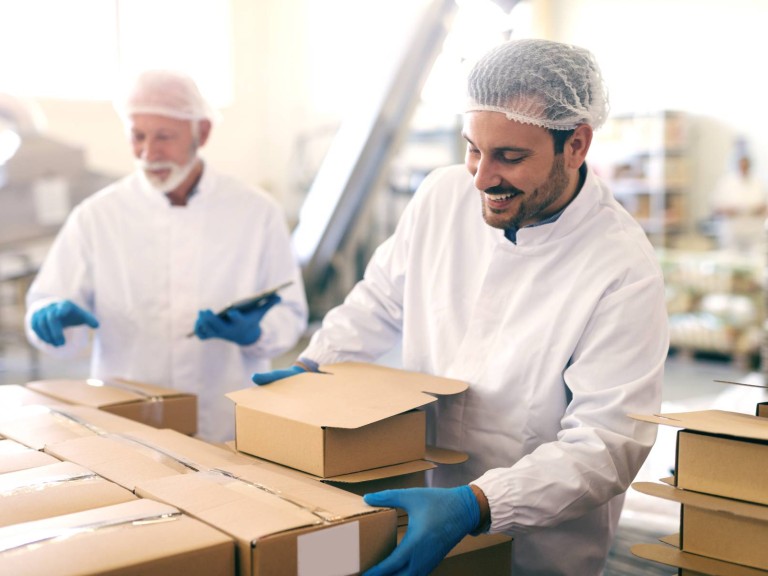In 2011, a revolutionary piece of regulation landed on the President’s desk. The framework of the regulation would modernize the food industry and food safety. The Food Safety Modernization Act or FSMA shifted the industry from a reactive approach to food safety to a proactive one. Of the Food Safety Modernization Act came with seven rules.
- Preventive Controls for Human Food
- Preventive Controls for Animal Food
- The Produce Safety Rule
- Sanitary Transportation
- Accredited 3rd Party Certification
- Foreign Supplier Verification
- The Intentional Adulteration Rule or Food Defense
The Current Good Manufacturing Practices, Hazard Analysis and Risk-Based Preventive Controls for Human Food Rule, or the Preventive Controls Rule was established on September 17, 2015, and required virtually all food companies involved in manufacturing, processing, packing, or storing food to conduct a hazard analysis, and where necessary, establish preventive controls. Hazard Analysis and Risk-Based Preventive Controls or HARPC, serve as the framework for constructing sound Food Safety Plans. Global Food Safety Consultants or GFSC examines the preventive controls rule to provide insight for the food safety professional and the public.
Hazard Analysis
Food comes with many desirable characteristics. The texture, the taste, and the wonderful aromas all contribute to our specific personal preferences. However, our foods may also contain threats to our well-being. Hazards in our food can be defined as substances or materials that may cause illness or injury. Understanding that hazards exist in our food is critical. Generally, in food safety, there are three types of hazards:
- Biological
- o Bacteria, Parasite, Virus
- Chemical (including radiological)
- Pesticide, Sanitizer, Lubricant, allergens
- Physical
- Glass, Metal, Foreign Objects
The Preventive Controls Rule builds upon this by requiring food companies to conduct a hazard analysis. Hazard analysis is the process of identifying hazards related to each step in a process. Once hazards are identified, food facilities must determine if they are significant and require preventive control. It can be difficult to understand which hazards are associated with the products being produced. To complicate this even more, the operating environment may create additional hazards that need to be considered. Luckily, resources are abundant. Using scientific papers, historical data, trade associations, and regulations, a food safety professional can assemble a sound hazard analysis that accurately presents the risks associated with the products and operating environment.
All this information needs to be compiled into a document or hazard analysis. Generally, this takes in the form of a table or chart, but there are not any specific requirements on the layout of this document. Whatever system is used to document the hazard analysis, it is important to ensure all hazards are accounted for in each step of the process. Along with the identification of hazards is a well-written justification as to why you think hazards are significant or not.
Hazard analysis is critical to food safety success. It is a systematic approach that grants food companies the ability to foresee hazards relevant to their products and processes. Companies can then establish preventive controls to prevent the production of hazardous food.
Establishing Preventive Controls
A well-written hazard analysis will serve as a guidepost for integrating preventive controls, where necessary, into your process. The FDA defines preventive control as steps taken to reduce or eliminate food safety hazards. Preventive controls are paramount for food safety success and to ensure they do just that, we reflect on the term validation. Validation is the process of assuring preventive control is effective in reducing or eliminating food hazards. It is the process of developing effective parameters or measurements to assure the step or process you are controlling will, in fact, perform as expected. Validation differs from verification, and this causes confusion in food safety. Validation is the process of developing a plan for control and verification is assuring the plan is being followed. Let me provide an example.
Now, let us focus on the four types of preventive controls:
Process Preventive Controls
A process control is similar to a Critical Control Point or CCP; they are integrated into the process. Examples of process controls include pasteurization, acidification, fermentation, baking or cooking, and sanitizer strength in wash steps. Controls incorporated into the process, hence the name, process controls. In the Food Safety Modernization Act, FDA defines process controls as “procedures, practices, and processes to ensure the control of parameters during operations such as heating, acidifying, irradiating, refrigerating, etc. Process controls must include, as appropriate to the nature of the applicable control and its role in the facility’s food safety system: parameters associated with the control of the hazard, and maximum or minimum values or combination of values, to which any biological, chemical or physical parameter must be controlled to significantly minimize or prevent a hazard requiring a preventive control.” FDA used this robust definition to capture the complete scope of a process preventive control, however, comparison to a CCP is justifiable.
Allergen Preventive Controls
Did you know allergens are the number one reason for food recalls in the world? Undeclared allergens or mislabeling can have devastating consequences. That is why the FDA determined that allergens need their own specific category of preventive controls. If a facility is handling allergens, it must have an allergen control program in place. Facilities handling only one allergen, such as an almond processor, do not need allergen control programs. Rather, allergen preventive controls are targeted towards facilities handling products with different allergens or containing allergenic ingredients. So, what should this allergen control program include? Good question. Facilities handling allergens are required to develop procedures and practices sufficient to control allergens. A few examples of allergen controls at certain steps are provided below.
Supply-Chain Preventive Controls
Suppliers can be tricky. On one end, businesses need to generate enough revenue to be sustainable, however, one bad supplier can get your facility shut down. Supply-chain preventive controls are necessary when hazards are identified with raw materials. Supplier programs need to be based on the risks. At minimum, a program should include: a hazard analysis of raw materials, a supplier approval and monitoring procedure, and documented controls during storage and distribution. Also, a program should include a procedure for the receipt of raw materials to ensure they are from approved suppliers and conform to specifications. At times testing and assessment are necessary and corrective actions must be in place. If businesses find themselves in a bind with a supplier, the FDA allows companies to use temporary emergency suppliers. However, if a long-term relationship is to develop, the supply chain program rules must be adhered to.
Sanitation Controls
It seems like every facility has a sanitation program in place already, so what is different with sanitation preventive controls? Sanitation integrated into a food safety program is generally a pre-requisite program. Sanitation preventive controls build upon this by requiring monitoring, corrective action and verification procedures for when a sanitation control is out of specification. Let me give you an example:
This example explains how sanitation preventive controls differ from a sanitation pre-requisite program. Sanitation pre-requisite programs may be thought of as a program in place to maintain the sanitary condition of the environment and equipment. Sanitation preventive controls are in place to specifically address a hazard such as allergen cross-contact between product runs. Factors to consider when assessing the need for sanitation preventive control include niche points, cross-contamination in RTE foods, and pathogen or allergen presence. There are a few ways to monitor sanitation preventive controls and the most common include environmental monitoring programs, allergen test kits, total plate counts, and physical observation of compliance with the Sanitation Standard Operating Procedure (SSOP).
FSMA was the first major reform to the U.S. food regulations for food safety in decades. The preventive controls rule resulted from the act and shifted the mindset from a reactive to a proactive approach to food safety. Food facilities are mandated to conduct a hazard analysis and where necessary establish preventive controls. Preventive controls are critical elements in the control of food safety hazards.
Every year, food safety incidents cost the food industry over $55 billion. Global Food Safety Consultants is a group of expert food safety advisors with experience in all sectors of the food supply chain. We are seasoned professionals who have helped hundreds of companies achieve food safety success. GFSC can help you achieve your food safety objectives. GFSC is your partner for all things food safety.





